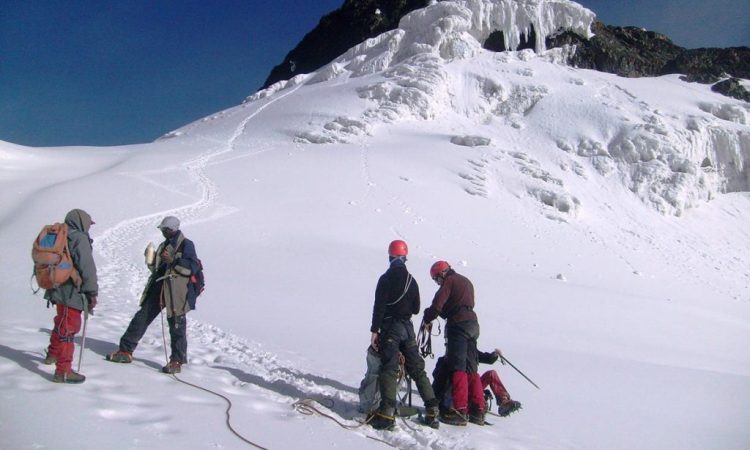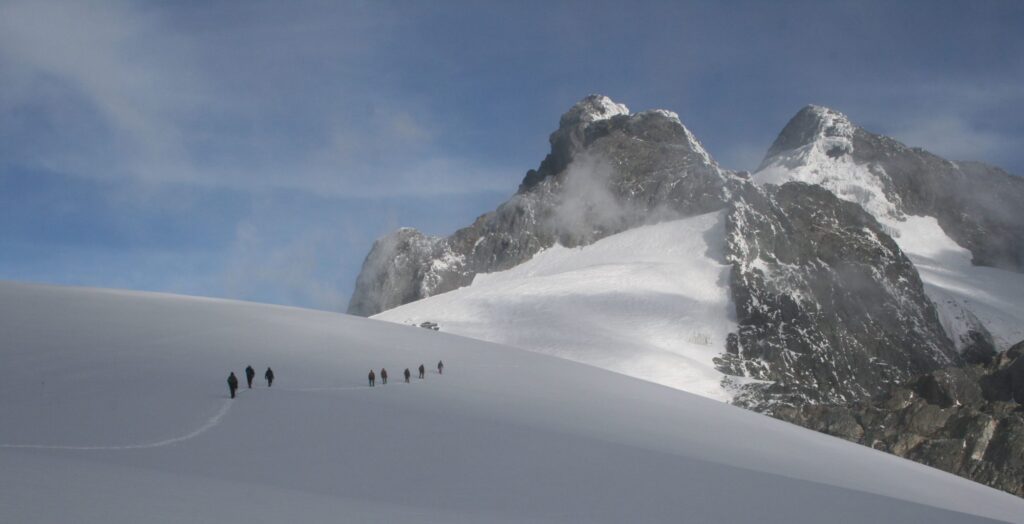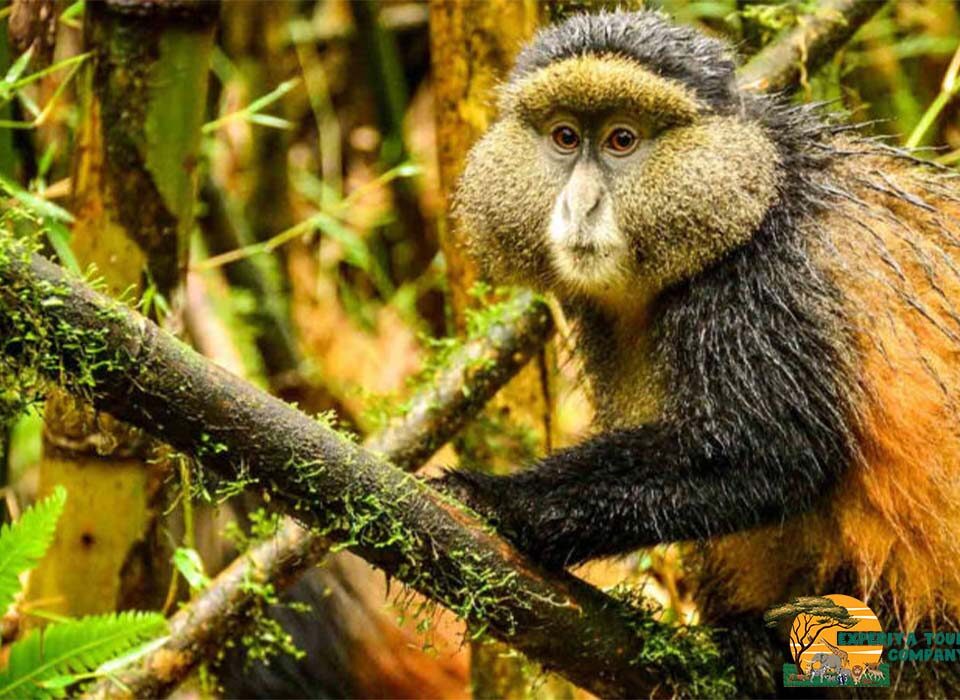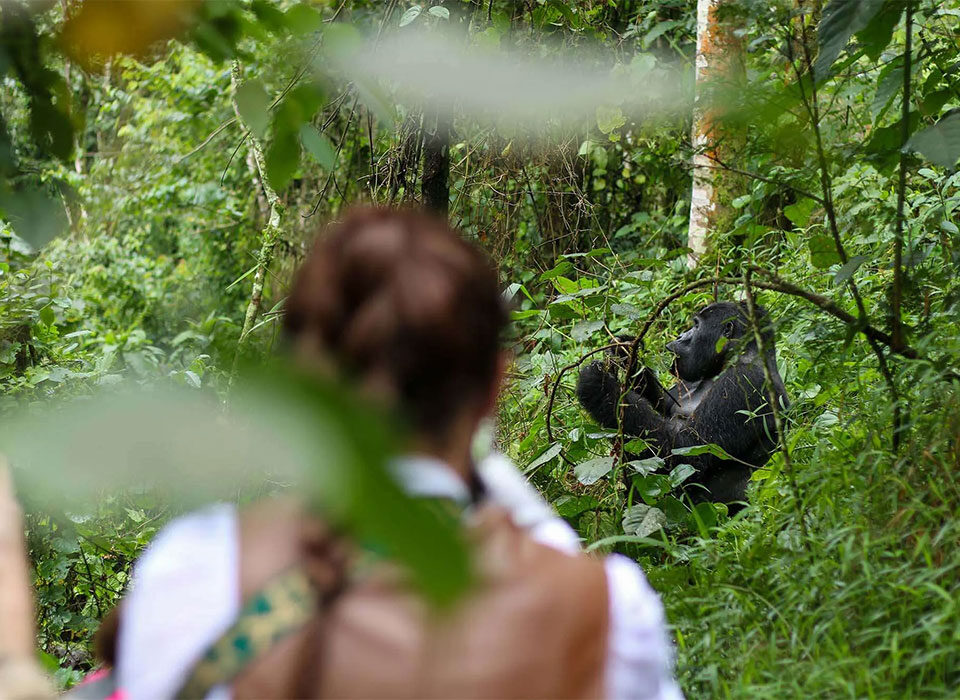
What’s Special About the Rwenzori Mountains – Explore Uganda’s Mountains of the Moon with Experiya Tour Company
October 25, 2025
How Long Does a Rwenzori Trek Take – Trekking Routes, Duration & Tips with Experiya Tour Company
October 25, 2025Can I Hike to the Snow-Capped Peaks of Rwenzori? – Explore Uganda’s Mountains of the Moon with Experiya Tour Company

Can I Hike to the Snow-Capped Peaks of Rwenzori?
High above the misty valleys of western Uganda, where the air grows thinner and the clouds wrap the landscape in soft silence, stand the Rwenzori Mountains — one of Africa’s most mystical and awe-inspiring wonders. Known as the “Mountains of the Moon,” this range rises majestically along the border between Uganda and the Democratic Republic of Congo, offering one of the most extraordinary hiking experiences on the continent.
And yes — you can hike to the snow-capped peaks of the Rwenzori Mountains. These icy summits, shimmering under the equatorial sun, are among the few places in the world where you can stand on a glacier almost directly under the equator. The journey to reach them is not easy, but it is deeply rewarding — an adventure through enchanted forests, alpine meadows, and rugged highlands where every step feels like walking through a new world.
In this article, we’ll explore what makes hiking to the Rwenzori snow peaks possible, what the journey involves, what you can expect along the way, and why this hidden treasure remains one of Africa’s greatest mountain experiences.
The Rwenzori Mountains: Africa’s Secret Alpine World
The Rwenzori Mountains stretch for over 120 kilometers across western Uganda and eastern Congo, forming part of the Albertine Rift Valley. Their highest point, Margherita Peak, stands at 5,109 meters (16,763 feet) above sea level, making it the third-highest mountain in Africa, after Kilimanjaro and Mount Kenya.
Unlike Kilimanjaro and Kenya, which are volcanic, the Rwenzoris are block mountains, formed by tectonic uplift. This geological origin gives the range its distinctive landscape — steep valleys, jagged ridges, cascading waterfalls, and glacier-fed lakes. Because of their location near the equator and their exceptional biodiversity, the Rwenzoris are recognized as a UNESCO World Heritage Site.
But what truly makes them special are their glaciers and permanent snowfields — rare features in equatorial Africa. Despite being just 30 kilometers north of the equator, the upper peaks of the Rwenzoris remain capped with snow year-round, though these glaciers are slowly receding due to climate change.
Can You Really Hike to the Snow Peaks?
Yes, you absolutely can — but it’s an adventure that requires preparation, fitness, and guided support. Hiking to the snow-capped peaks of Rwenzori is one of Africa’s most challenging yet rewarding trekking experiences.
Unlike the well-trodden trails of Kilimanjaro, the Rwenzori routes are wilder, wetter, and more remote. The terrain can be muddy, steep, and unpredictable, but it’s also breathtakingly beautiful. Trekkers pass through multiple ecosystems, from tropical rainforest to alpine meadows and eventually to icy glaciers — a journey that feels like walking from the tropics to the Arctic within a few days.
Most hikers aim for Margherita Peak, the highest summit on Mount Stanley, though there are other peaks like Mount Speke (4,890m) and Mount Baker (4,843m) that also offer incredible snow and glacier experiences.
The Main Routes to the Snow-Capped Peaks
There are two primary routes that lead to the Rwenzori peaks on the Ugandan side: the Central Circuit Trail and the Kilembe Trail. Both require guides and are managed by official park authorities and local mountaineering companies.
1. The Central Circuit Trail
The Central Circuit is the classic route, starting from Nyakalengija near Kasese. It typically takes 7 to 9 days to complete, depending on the itinerary and pace.
The trail passes through major valleys — Bujuku, Mubuku, and Kitandara — and includes a steady ascent through various vegetation zones before reaching the alpine and glacial regions. Trekkers stay overnight in mountain huts at designated camps such as Nyabitaba, John Matte, Bujuku, and Elena Hut, from where climbers push for the summit.
From Elena Hut, the final ascent to Margherita Peak involves crossing glaciers and climbing rocky ridges using ropes and crampons. It’s a challenging but unforgettable experience as you step onto the equatorial snowfields and take in views stretching across Uganda and Congo.
2. The Kilembe Trail
The Kilembe Trail, managed by Rwenzori Trekking Services, offers an alternative route that is slightly longer (8–10 days) but equally scenic. It begins in Kilembe, near Kasese, and passes through lush valleys, waterfalls, and alpine ridges.
This route is often considered more modern and well-maintained, with comfortable camps and fewer steep scrambles. It offers stunning views of Mount Luigi di Savoia, Mount Baker, and the snow peaks of Mount Stanley.
Both routes merge near the glacial zone, offering trekkers the chance to summit Margherita Peak or explore nearby snowfields.
What the Hike Is Like
Hiking the Rwenzori Mountains is not just about reaching the snow — it’s about the journey itself. Every day brings a new ecosystem, a new texture of landscape, and a fresh sense of wonder.
Day 1–2: Rainforest and Bamboo Zone
The first days take you through tropical rainforests filled with giant trees, ferns, and the sounds of monkeys and colorful birds. The trails wind along rivers, past waterfalls, and through lush vegetation dripping with moss.
Day 3–5: Heather and Alpine Meadows
As you ascend, the forest gives way to the giant heather zone, where enormous trees draped in moss tower over strange plants like giant lobelias and groundsels. The landscape feels almost prehistoric, with mist swirling around towering plants.
By the time you reach the Bigo Bog and Lower Bigo Hut, you’ll be walking across wooden boardwalks built over wetlands that shimmer with water and reflections.
Day 6–8: Glacial Valleys and Snow Zone
Higher up, the vegetation becomes sparse, replaced by rocks, lichens, and icy streams. The temperature drops, and you may start to see patches of snow on distant slopes. From the Bujuku Valley, you ascend to Elena Hut or Hunwick’s Camp, from where you’ll begin your push to the snow-capped summits.
The final stretch involves glacier hiking, often using crampons and ropes. The ice crunches beneath your boots, and as you approach Margherita Peak, the view opens up into a surreal panorama of snow, ice, and cloud.
Standing on the glacier under a bright equatorial sun is an unforgettable moment — one that few people in the world ever experience.

What You’ll Need to Reach the Snow
Climbing to the snow-capped peaks of Rwenzori requires good physical fitness and the right gear. This is not a casual day hike — it’s a true mountain expedition.
Essentials Include:
- Warm Clothing: Temperatures drop below freezing near the peaks. Layered clothing, insulated jackets, gloves, and hats are essential.
- Hiking Boots: Waterproof, ankle-high boots are crucial for muddy and rocky terrain.
- Crampons & Ice Axe: Provided by trekking companies for glacier crossings.
- Rain Gear: The Rwenzoris receive frequent rainfall even in the dry season.
- Sleeping Bag: Rated for sub-zero temperatures.
- Camera: The scenery is unlike anywhere else in Africa — you’ll want to capture every moment.
Guided expeditions include porters, cooks, and trained mountain guides who handle logistics, equipment, and safety. You don’t need prior mountaineering experience to attempt the Rwenzoris, but endurance, determination, and preparation are key.
How Challenging Is the Trek?
The Rwenzori trek is considered moderate to strenuous, depending on the chosen route and weather conditions. The daily hikes last 5–8 hours, with steep climbs, slippery paths, and occasional scrambling.
However, unlike Kilimanjaro, which demands altitude adaptation, the Rwenzoris’ gradual ascents help reduce the risk of altitude sickness. With proper pacing and guidance, even first-time climbers can reach the snow line or the summit safely.
The sense of achievement upon seeing the snow for the first time — and standing atop Africa’s “Mountains of the Moon” — is beyond words.
The Best Time to Hike
The best time to hike to the snow-capped peaks of the Rwenzoris is during the dry seasons — December to February and June to August. During these months, the trails are less muddy, and the skies are clearer, offering better visibility for photography and glacier conditions.
That said, the Rwenzoris’ weather is famously unpredictable. Even in the dry season, afternoon showers and fog are common, so be prepared for all conditions.
What Makes Hiking the Rwenzoris Unique
- Equatorial Snow: Nowhere else in the world can you find glaciers so close to the equator.
- Unspoiled Trails: Fewer trekkers mean pristine paths and solitude.
- Diverse Ecosystems: The changing vegetation — from rainforest to ice — is like traveling across continents in a single trek.
- Wildlife Encounters: Colobus monkeys, duikers, and vibrant birds appear along the way.
- Cultural Connection: The local Bakonzo people see the Rwenzoris as sacred, adding a deep spiritual layer to your journey.
Why the Rwenzori Peaks Are Disappearing — and Why You Should Go Now
Sadly, the Rwenzori glaciers are melting fast due to climate change. Scientists estimate that the glaciers may disappear completely within the next few decades if current trends continue. This makes visiting the snow-capped peaks not only an adventure but also a chance to witness one of nature’s vanishing miracles.
Hiking here is about more than reaching the summit — it’s about connecting with a living, breathing ecosystem that is both fragile and timeless.
Experience the Rwenzori Snow Peaks with Experiya Tour Company
Hiking to the snow-capped peaks of the Rwenzori Mountains is one of the most extraordinary adventures you can have in Africa — a journey through mist, mountain, and ice that leaves you with memories for a lifetime. Whether you’re summiting Margherita Peak or trekking to the glacier edges, every moment in the Rwenzoris feels like stepping into another world.
To make this dream adventure seamless and safe, travel with Experiya Tour Company, one of Uganda’s leading experts in mountain expeditions and nature safaris. Experiya organizes customized Rwenzori trekking tours that include professional mountain guides, equipment, porters, and comfortable accommodations. They tailor each trip to your fitness level and interests — whether you’re a serious climber or an adventurous traveler seeking to experience the magic of the Rwenzori snow.
With Experiya, you’ll not only reach the snow-capped peaks but also explore Uganda’s hidden beauty — from crater lakes to national parks — with comfort, safety, and authenticity.



